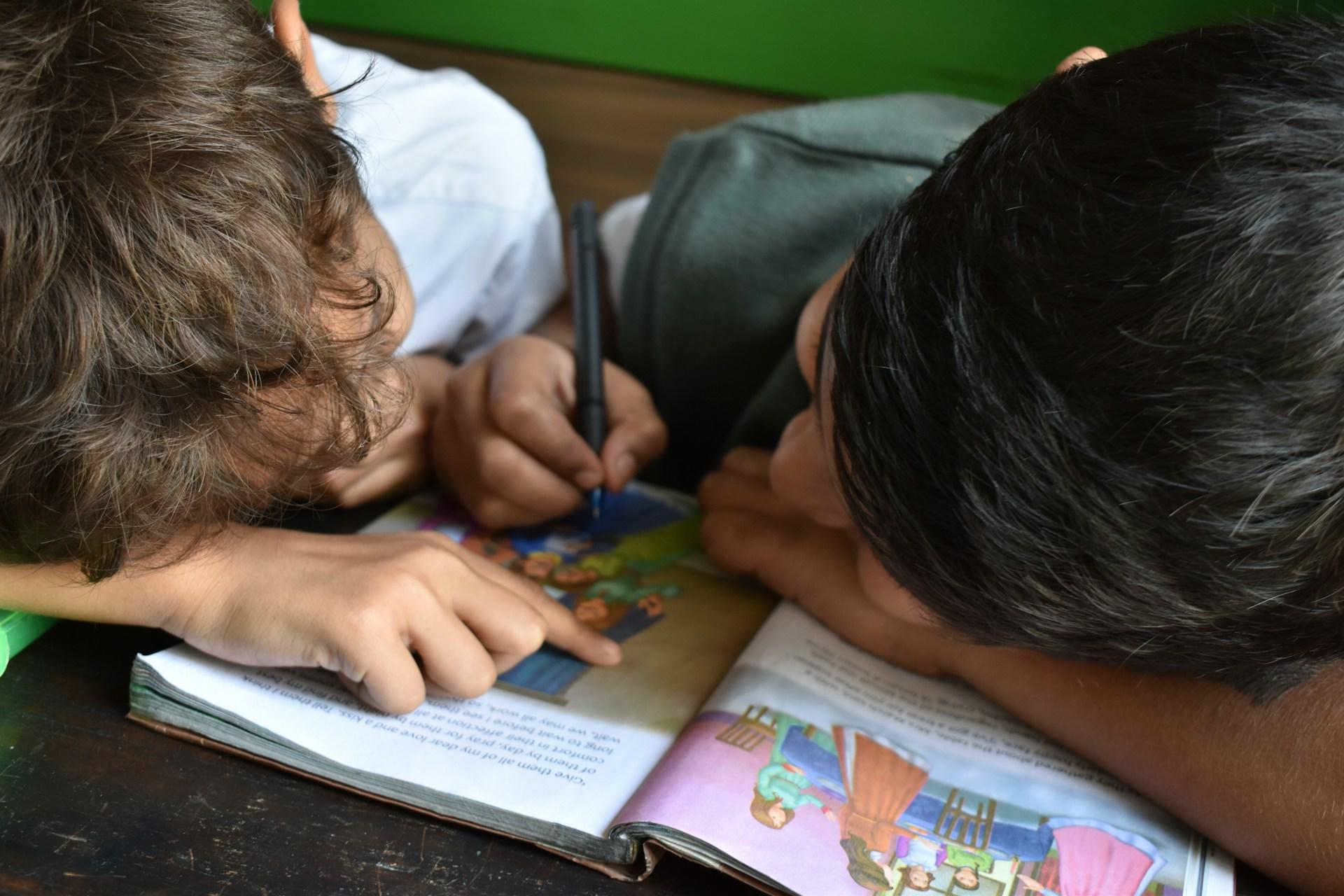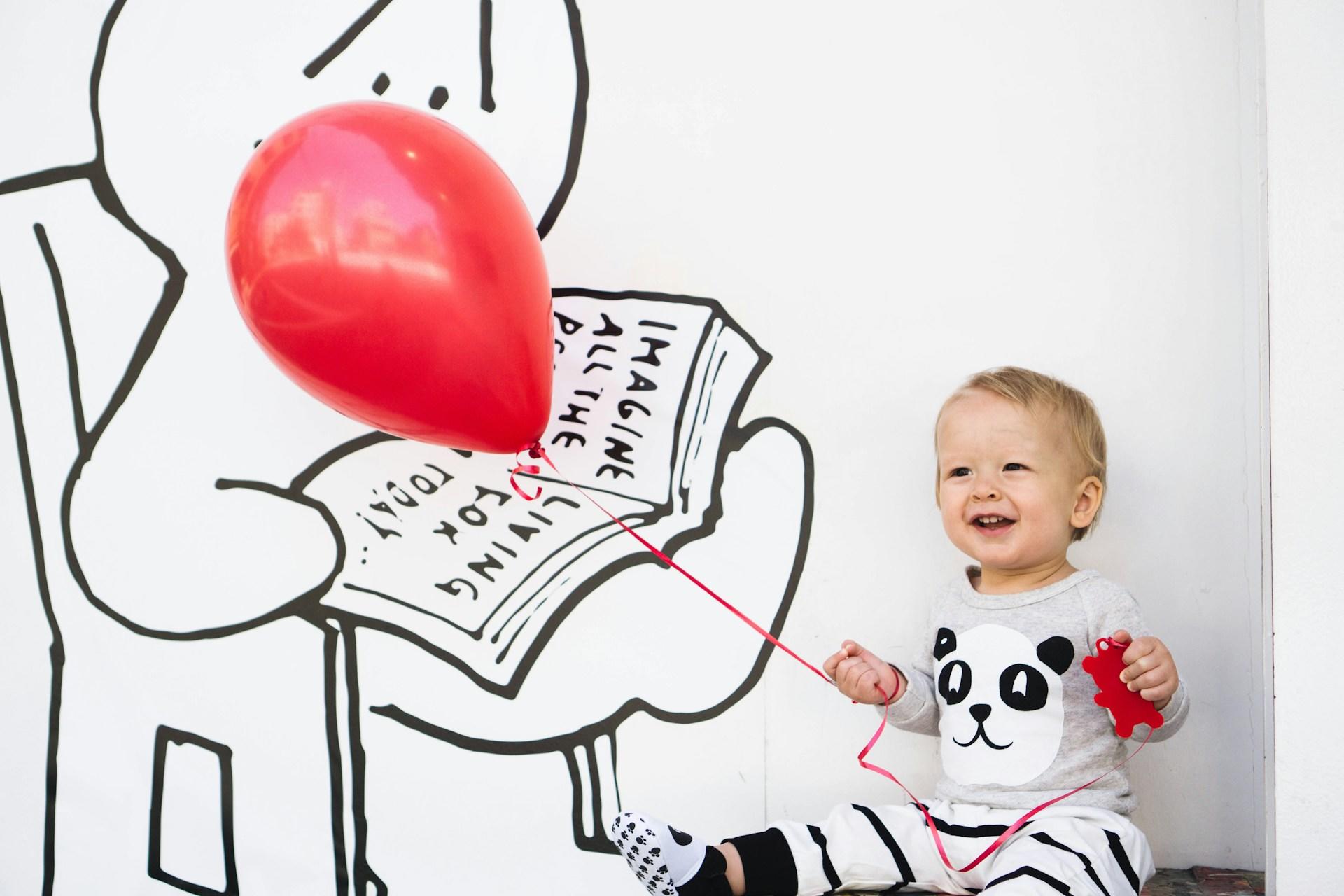A child’s mind is a blank slate. The more you expose them to, the richer the palette.
Elaine Heffernan
Teaching your child basic sign language during her or his early stages of life is a truly meaningful and fulfilling challenge. Learning sign language creates a bridge between your baby and the world around them, giving them a way to express their needs and thoughts long before they can form words.
Imagine the joy of understanding what your baby wants or feels without the guesswork! This is the power of learning sign language as a toddler, which is generally easier to learn at an early age. The fine motor skills required for signing often develop earlier than the complex motor skills needed for speech.
In this article, we'll explore the the basics of American Sign Language for toddlers, why it is so valuable, how you can introduce it to your littles ones and the many developmental benefits it can bring. Different helpful resources will also be presented in order to provide personalized support and make this learning experience as smooth and rewarding as possible! Are you ready to get started?

What Is Baby Sign Language?
Baby sign language is a set of simple gestures that babies can use to communicate their basic needs and emotions before they are able to articulate words. While not identical to American Sign Language (ASL) or other formal sign languages, it draws inspiration from these systems to make communication more accessible for infants.
For example, babies can learn gestures for “milk,” “eat,” or “sleep” to express their needs more clearly, reducing frustration for both the baby and the caregiver. By teaching your baby sign language, you give them a voice before they have the physical ability to form words.
Why Teach Baby Sign Language?
The benefits of baby sign language extend far beyond immediate communication with your toddler. It helps reduce frustration for both parents and babies by giving little ones a way to express their needs before they can speak. How incredible is that? Research shows that early exposure to sign language can also enhance cognitive development and may even lead to a larger vocabulary later in life. Here are some great reasons why parents are turning to this method, in detail!
Improved Communication
Teaching your baby sign language enables them to convey their thoughts and needs long before they can talk. This reduces frustration for both parents and babies, especially during the preverbal stage when misunderstandings often occur.

Enhanced Cognitive Development
Research shows that using baby sign language can enhance a child's cognitive abilities. Learning signs involves memory, association and problem-solving skills that contribute to your baby's overall mental development.

Creating a Stronger Bond Between You and Your Child
Engaging in baby sign language fosters closer connections by encouraging meaningful interaction. Eye contact, shared attention and responding to your baby’s signs create a deeper emotional bond, helping your child feel seen and understood. These shared moments of communication strengthen trust and provide a foundation for a nurturing relationship! Additionally, the mutual joy of successfully understanding each other fosters positive feelings and a sense of teamwork between you and your baby.
Enhanced Language Acquisition
Contrary to common beliefs, learning baby sign language does not delay speech development. On the contrary, it actively supports and enhances it! By associating signs with words, babies develop a stronger connection between gestures and spoken language, making it easier for them to transition to verbal communication later on. In fact, studies have shown that children exposed to baby sign language often start speaking earlier and have a more developed vocabulary! This early foundation in language skills can also improve comprehension, making it a powerful tool for overall cognitive and linguistic growth.
Learning baby sign language can lead to reduced tantrums!
When babies can express themselves, they are less likely to feel frustrated or misunderstood. This often leads to a calmer household and happier family dynamics.

Getting Started with Baby Sign Language
Introducing baby sign language is simpler than you might think. The key is to make it an enjoyable and consistent part of your daily routine· Here’s how to get started!
Step 1
Start Early but Be Patient
You can begin teaching your baby sign language as early as six months old. At this age, babies develop the motor skills needed to imitate gestures. However, don’t expect immediate results. Most babies start using signs around 8 to 12 months!
Step 2
Focus on Key Signs
Begin with signs that address basic needs. Here are some essential signs to introduce: - Milk: Open and close your hand, resembling milking a cow. - Eat/Food: Bring your fingers together and tap them to your lips. - More: Touch the fingertips of both hands together repeatedly. - All Done/Finished: Wave your hands outward, as if pushing something away. - Sleep: Place your hand over your face and pull it down gently, as if closing your eyes. - Mommy: Tap your thumb to your chin. - Daddy: Tap your thumb to your forehead.
Step 3
Use Repetition and Consistency
Consistency is crucial when teaching baby sign language. Pair signs with the corresponding spoken word during daily activities. For example, say “milk” aloud while using the sign before feeding your baby. Repetition will help your baby associate the gesture with the word and its meaning.
Step 4
Make It Fun
Incorporate signs into songs, games, and stories. Babies learn best when they’re having fun, so keep the process playful and engaging.
Step 5
Be Responsive
When your baby attempts a sign, acknowledge and respond immediately. Positive reinforcement encourages them to continue communicating through signs.
Are you looking for the best sign language learning apps for kids?
Signs for Older Babies and Toddlers
As your baby grows, you can expand their vocabulary to include more complex signs. Older babies and toddlers can learn signs for emotions, animals, and actions, enabling them to express their thoughts more fully. Here are some signs to introduce as your child progresses!
- Help: Place one hand flat and use the other hand to lift it up.
- Happy: Pat your chest with both hands.
- Dog: Pat your thigh or mimic snapping your fingers.
- Play: Form a “Y” shape with your hands and shake them.
- Thank You: Touch your fingers to your lips and then extend your hand outward.
To teach these signs, continue incorporating them into daily routines and activities. For instance, use the sign for “happy” when discussing emotions or “dog” when pointing out a pet.
Teaching Methods for Success
Adopting effective teaching methods will help your baby learn baby sign language more quickly and confidently. Consistency and patience are key! It is important to allow your baby to learn through repetition and positive reinforcement. Incorporating signs into everyday routines and activities makes learning feel natural and engaging. Here are some practical and fun strategies to get started!
- Incorporate Signs into Everyday Life: The more you integrate signs into regular activities, the more natural they’ll become for your baby. Use signs during meals, playtime, and bedtime routines.
- Combine Visual and Verbal Cues: Always pair signs with spoken words. This reinforces the connection between the gesture and its meaning while also supporting your baby’s speech development.
- Be Patient and Observant: Every baby learns at their own pace. Watch for signs of progress and celebrate small milestones.
- Utilize Learning Resources: Books, flashcards, and online videos can complement your teaching. Platforms like Superprof offer great guidance that is tailored to you and your children's needs! What are the best sign language books for children?

Ask Superprof for Help in Teaching Baby Sign Language
Superprof is an invaluable resource for parents who want personalized guidance in teaching baby sign language. This online platform connects you with experienced tutors who can offer one-on-one lessons, group classes, and a wealth of learning materials.
Whether you're a first-time parent or looking to better your approach in teaching baby sign language, Superprof's tutors can help you master the basics and tailor lessons to your baby's developmental stage. With the convenience of online sessions, you can learn from the comfort of your home and at your own pace. Find your Superprof tutor today and begin learning with your children!

To conclude, teaching your toddler basic sign language is a beautiful way to connect with them on a deeper level while supporting their growth and communication skills. By starting with simple signs for everyday needs like “milk” or “more,” you’re giving your child the tools to express themselves before they can speak! What a great gift that can ease frustrations and strengthen your bond.
This process doesn’t need to be perfect or overwhelming. Through patience, consistency and making it a fun part of your daily life, signing can become a natural way to interact with your little one.
The resources and tips shared here are meant to make this process as enjoyable and rewarding as possible. Whether you use songs, books or personalized guidance like Superprof, you’re setting the stage for your child to thrive and communicate successfully! Most importantly, enjoy these precious moments of learning together. By teaching your toddler sign language, you’re building understanding, love and a connection that will last a lifetime!















